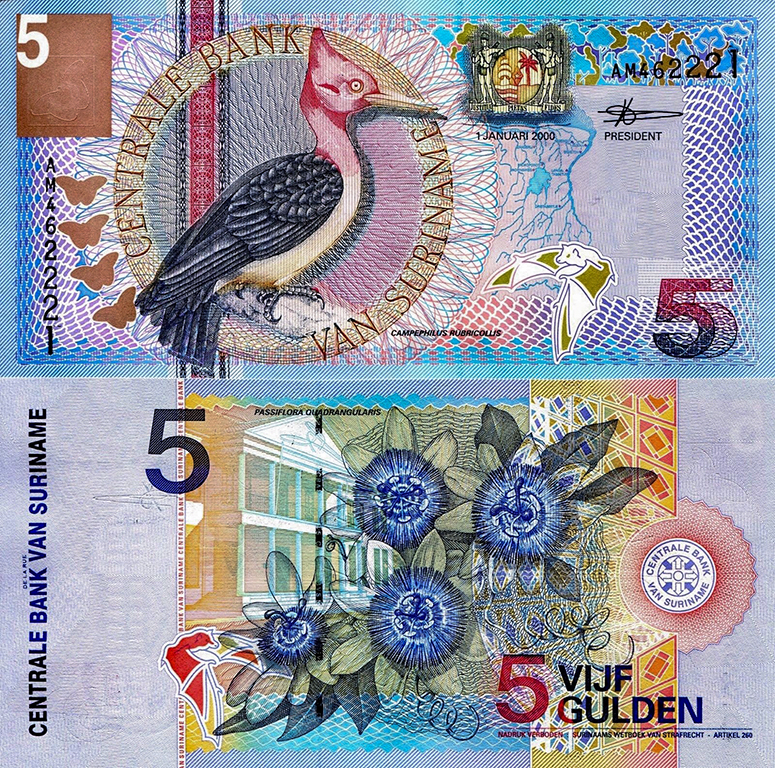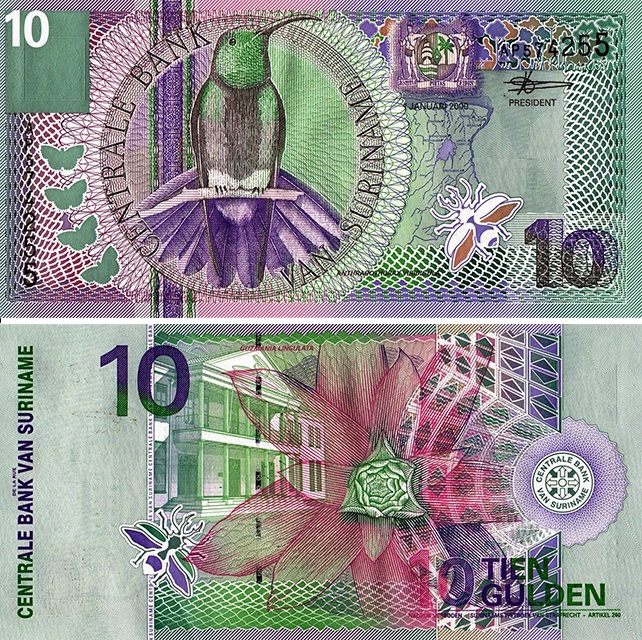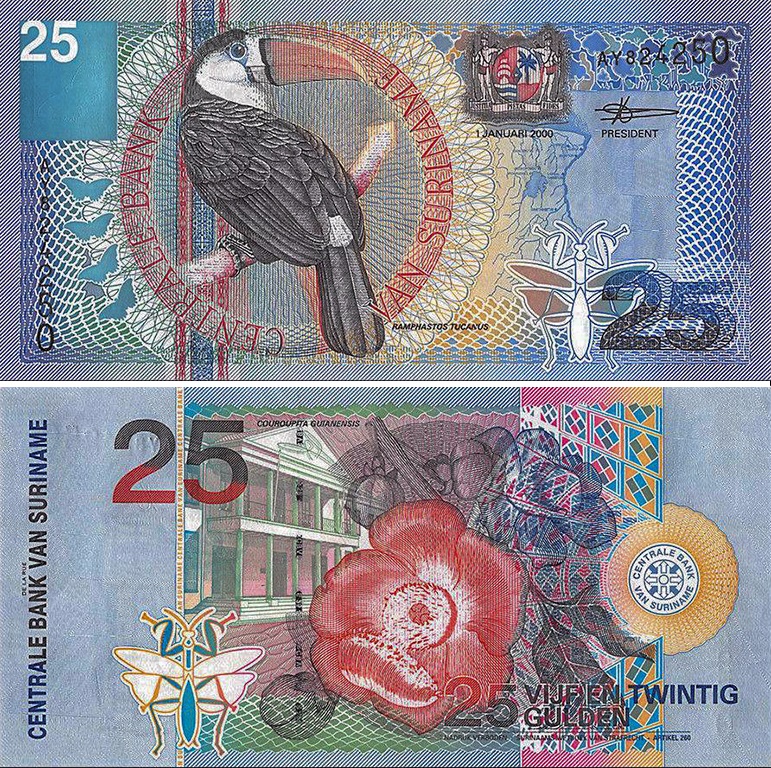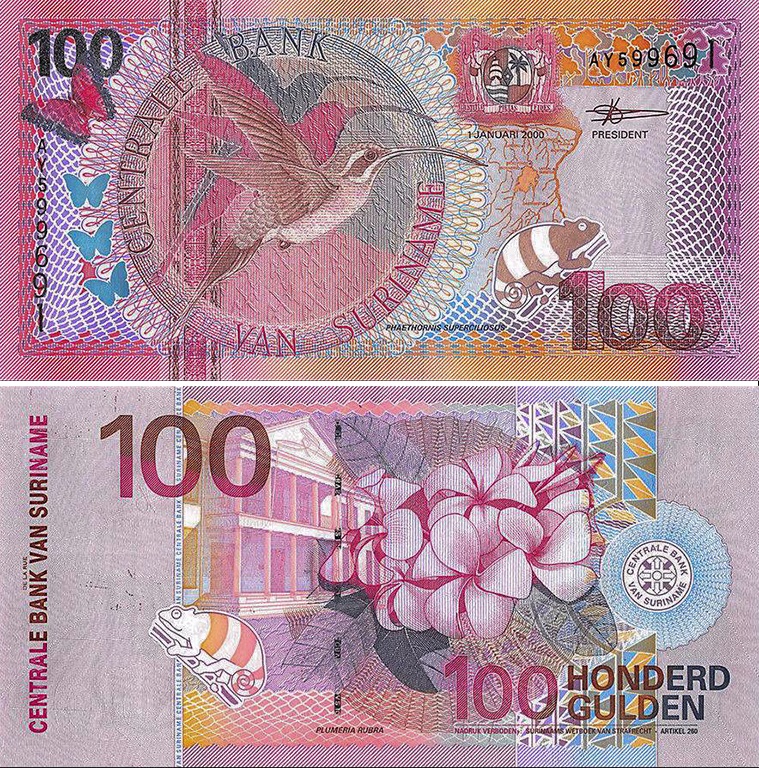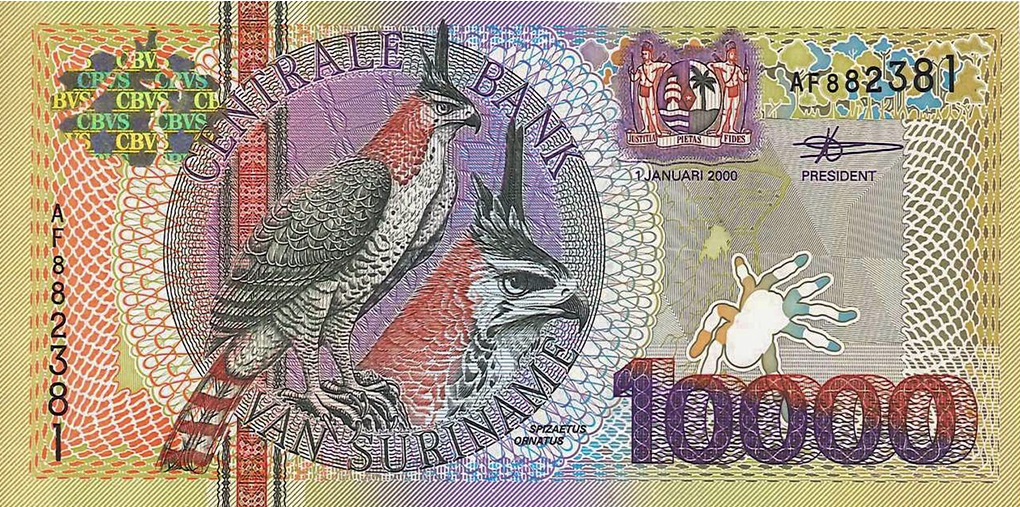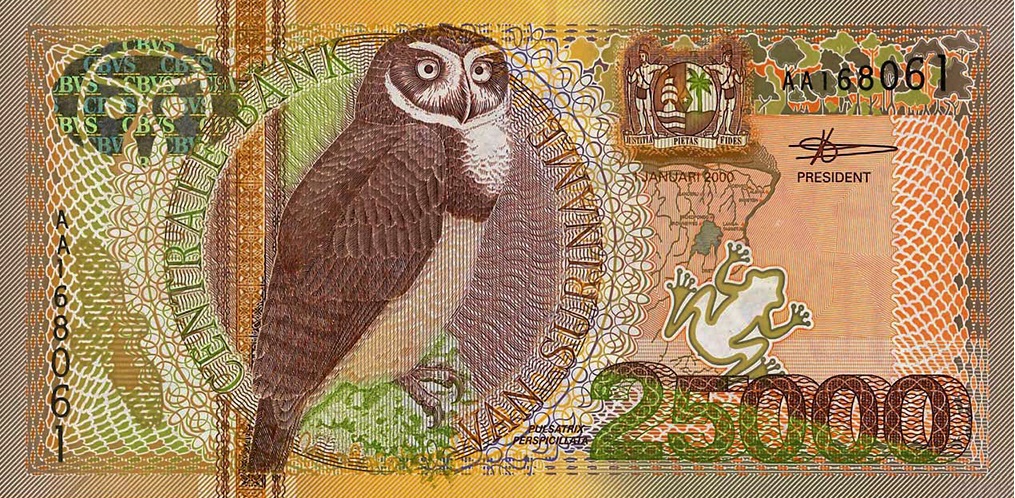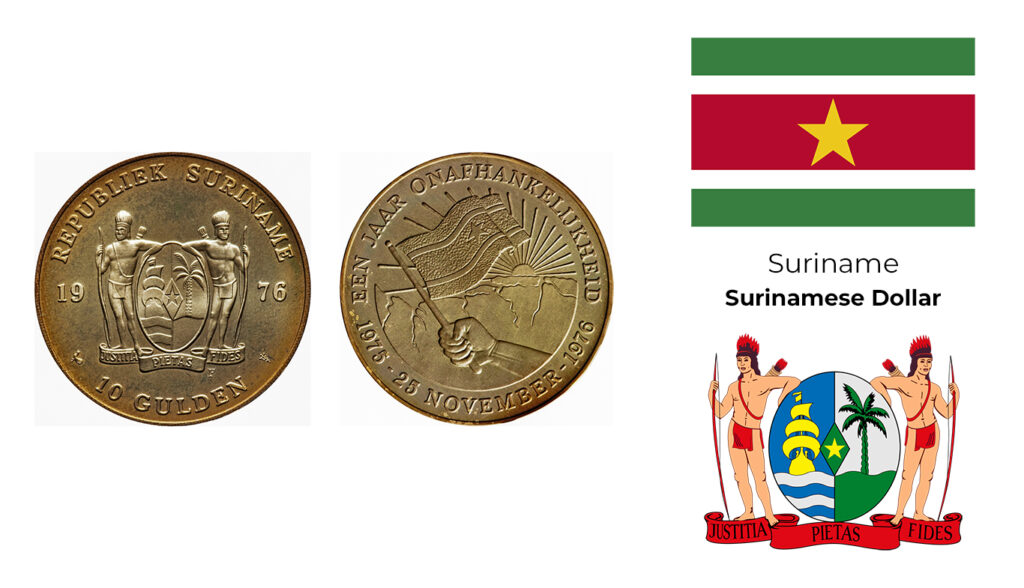
Glories of the Surinamese Gulden
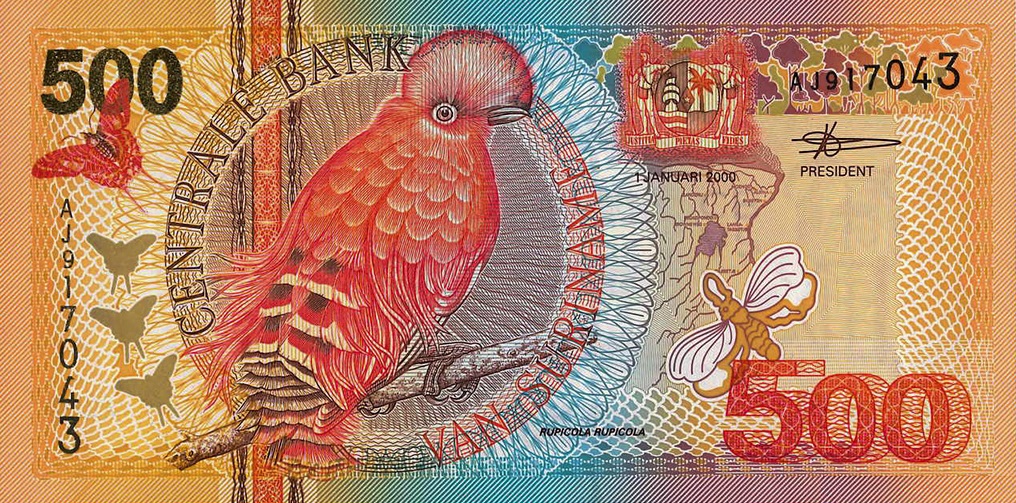
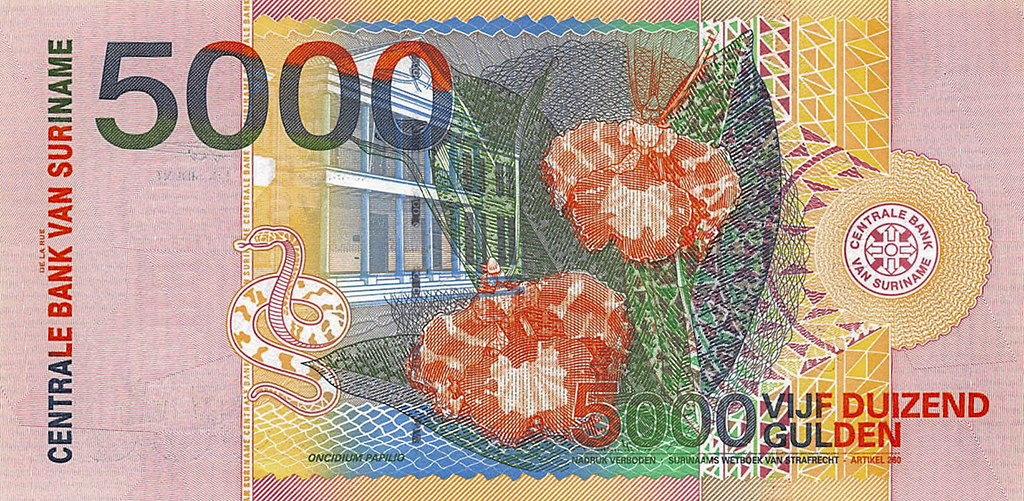
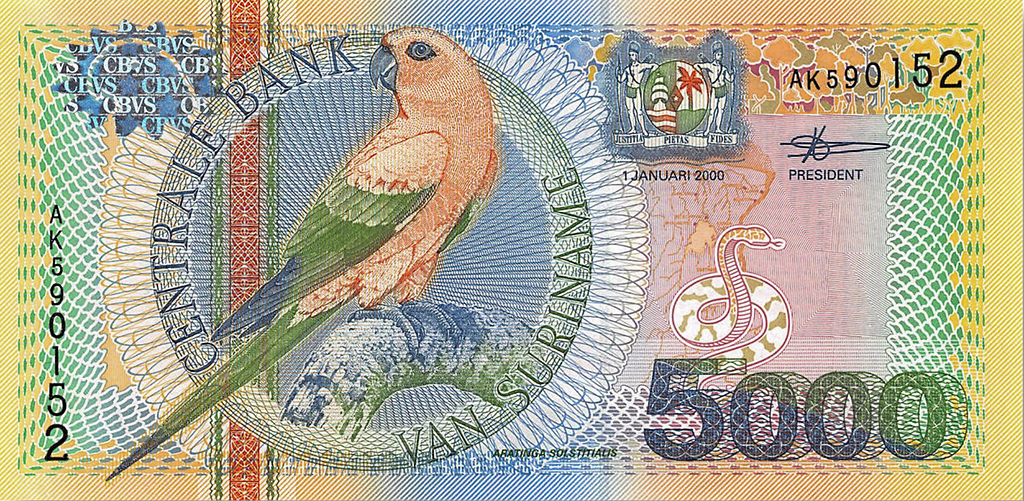
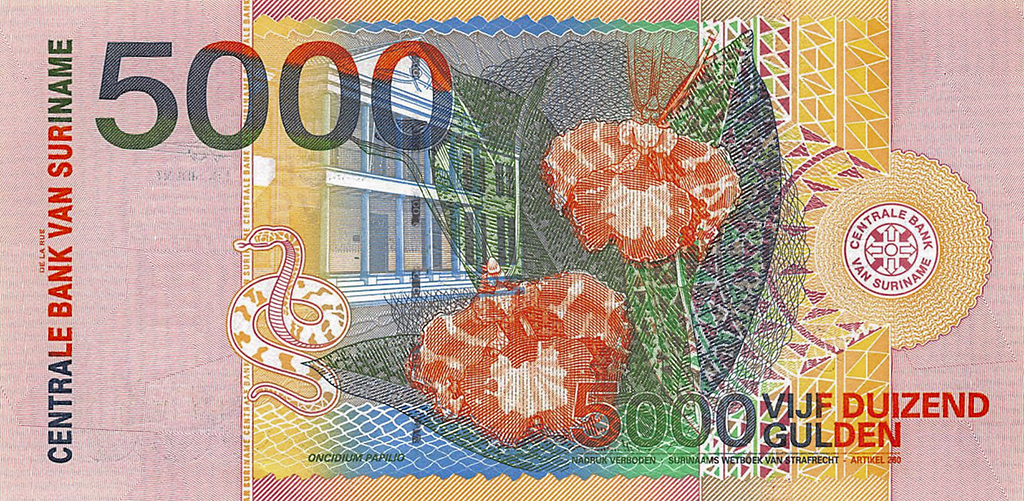
Serene and secluded, Suriname, the smallest nation in South America occupies the northern tip at the Atlantic coast. The tropical paradise is rich in natural ores and minerals; Bauxite, Gold, Petroleum are found in plenty. Agriculture is rewarding especially for farmers engaged in cultivation of Sugar. Originally, much of the present country was inhabited by tribal populace. Colonialism took control of the free-spirited Suriname lifestyle by the end of 17th Century CE. To expand sugar cultivation, colonial masters turned Suriname into a dumping ground for slaves, from the world over. In 1954 CE, Suriname became a constituent country under the Kingdom of the Netherlands and by 1975 CE an independent nation on paper depending heavily on the Dutch. Demographically, Hindustanis constitute the biggest chunk of its population. These people had originally come from East India as plantation workers to propel the sugar industry.
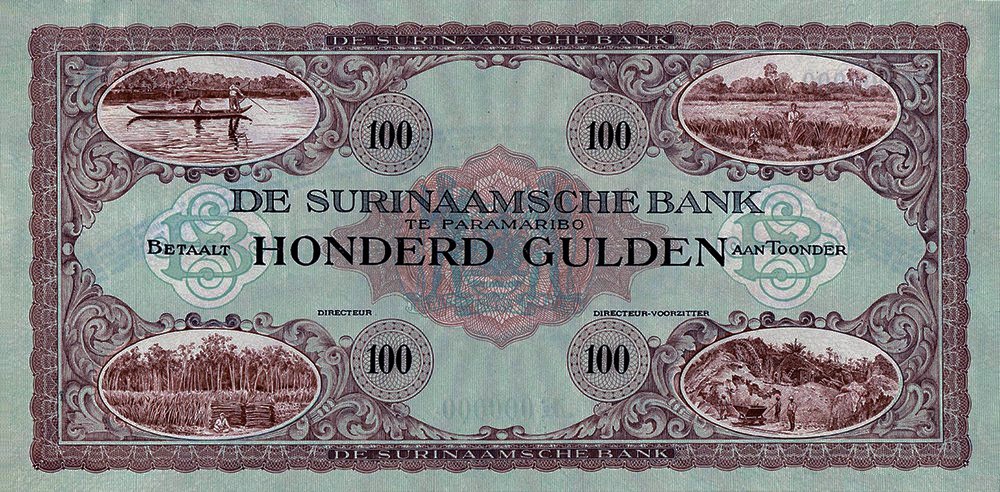
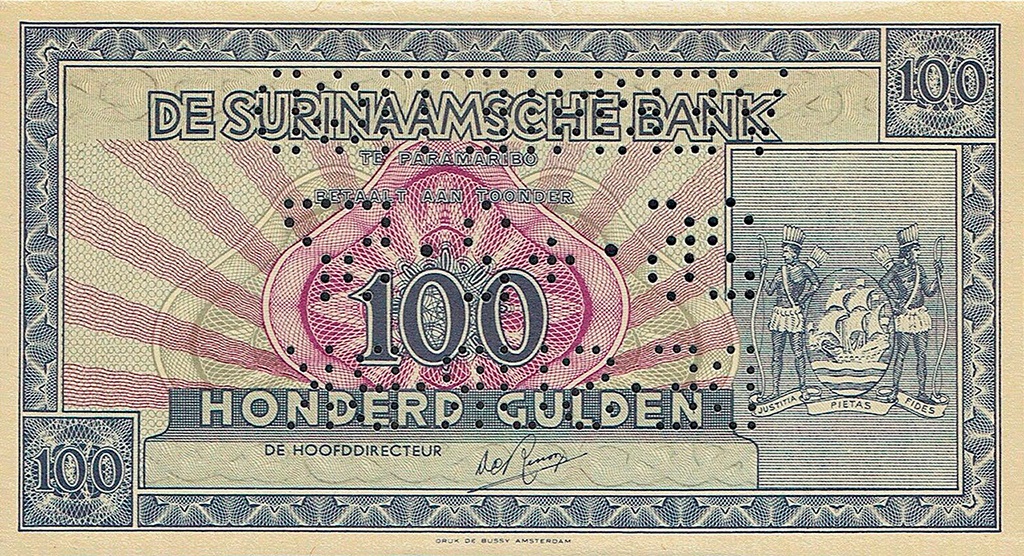
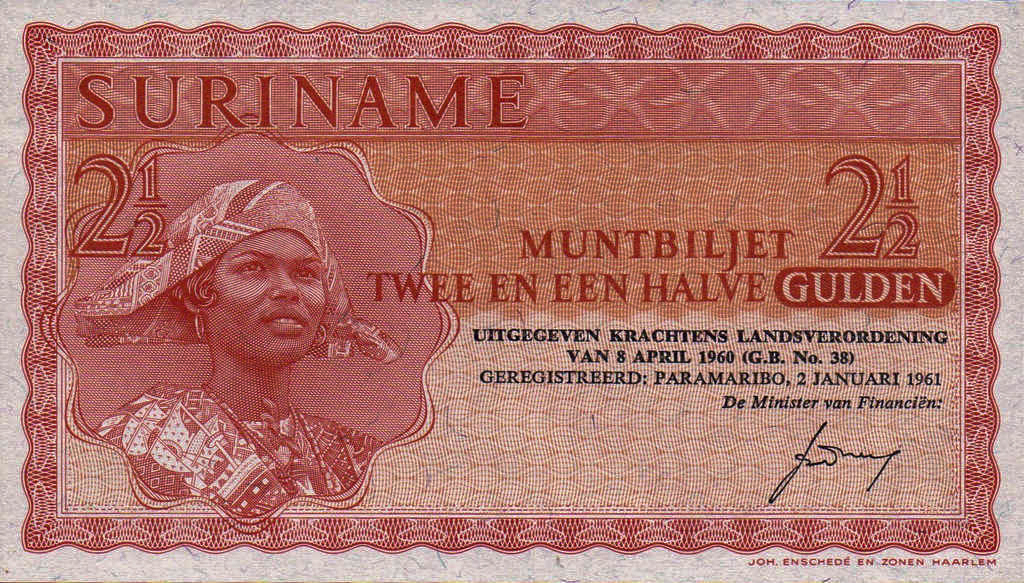
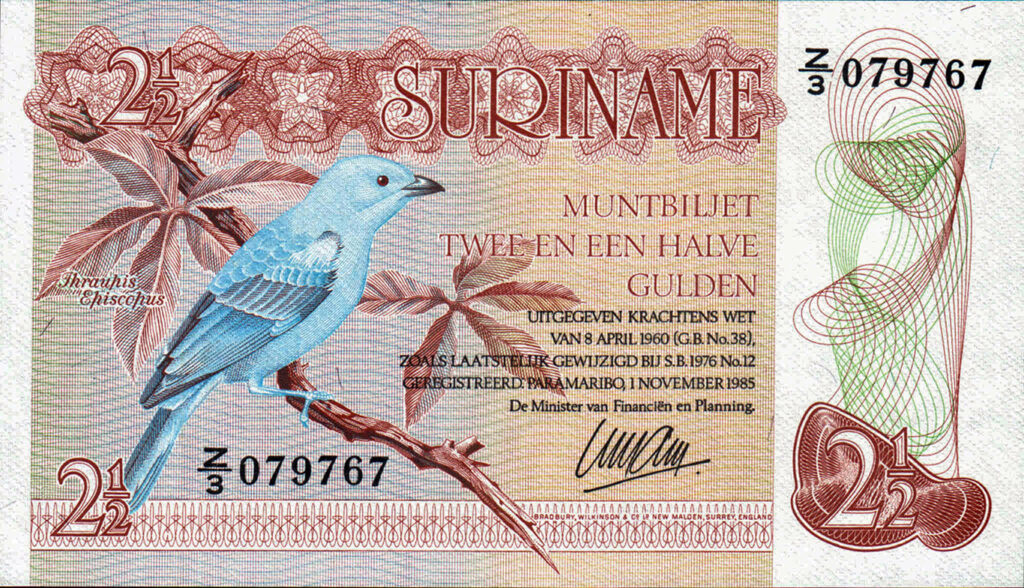
Dutch banknotes are famous for their inventive designs and Suriname is no exception. Suriname however adopted a new currency – Surinamese Dollar – in 2004 CE, shrugging off the Surinamese Gulden. The first banknotes to reach Suriname were issued by Algemene Nederlandsche Maatschappij (General Netherlands Company) in 1826 CE. Afterwards, banknotes issued by private banks were circulated throughout Suriname. De Surinaamsche Bank controlled the monetary scene before Centrale Bank van Suriname (Central Bank of Suriname) took charge. Founded in 1957 CE, Centrale Bank van Suriname continued the artistic legacy of the Dutch with a special focus on birds. The captivating designs of Surinamese Gulden Banknotes have made a mark; the issues of 1982 and 2000 are of particular interest. The 2000 Series highlighting the avifauna and floral diversity of Suriname is spectacularly vibrant and eye-catching.
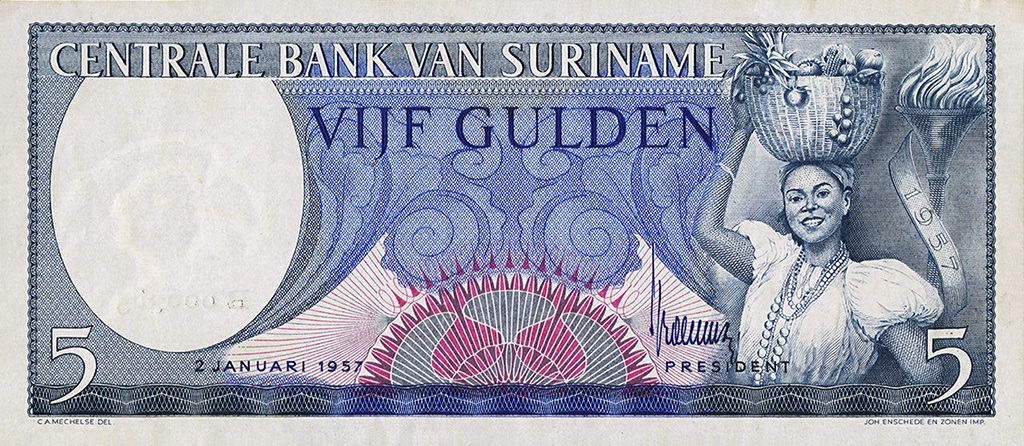
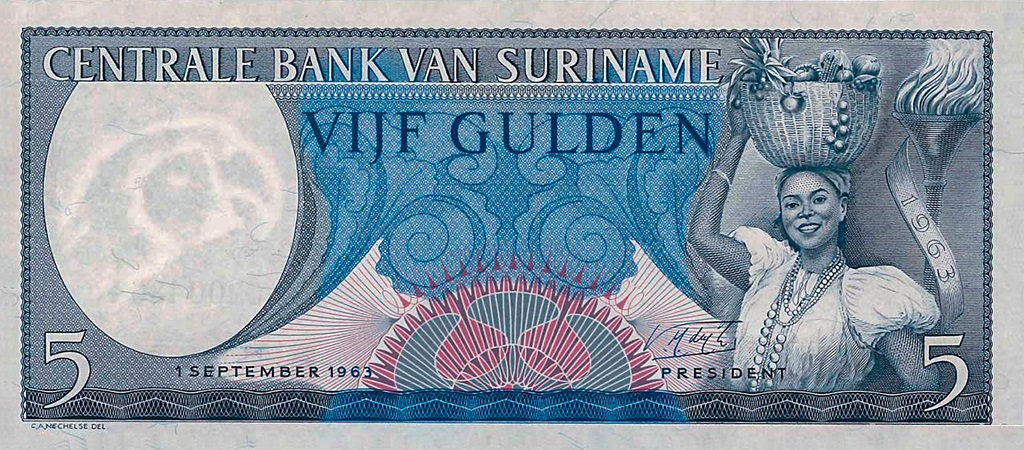
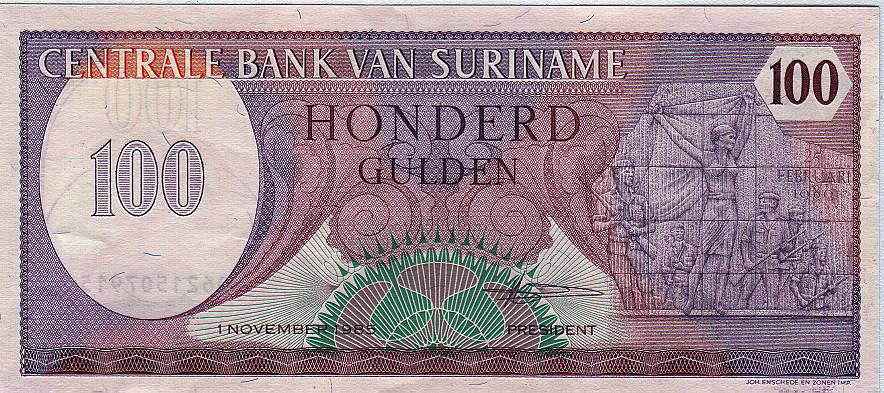
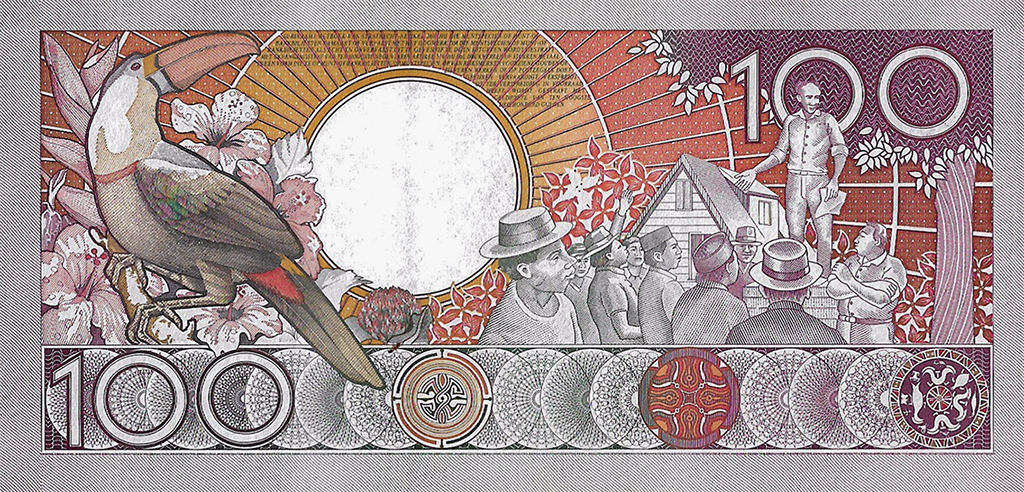
Main Features | The bright-colored 2000 Series has horizontal layout has a face with (i) Numerals for denomination at two diametrically opposite places (right bottom in Bold size) and Serial Numbers in both vertical and horizontal alignment (ii) texts for issuing authority – Centrale Bank van Suriname – in a circular orientation, designation of one signatory and date of issue (iii) images – a kaleidoscope with one dominant image at the center (a native bird), national emblem, and a host of small icons in tune with the country’s natural wealth. Background is replete with tessellating geometric patterns and hatched lines with no white. On the back, there are (i) Numerals for Denomination at two corners (differently sized) (ii) Texts for Denomination in words and Centrale Bank van Suriname (iii) One dominating images of floral wonders of Suriname blended effortlessly with the background composed of linear geometry. Printed by De La Rue, the series inspired a whole lot of banknotes in and around South America.
